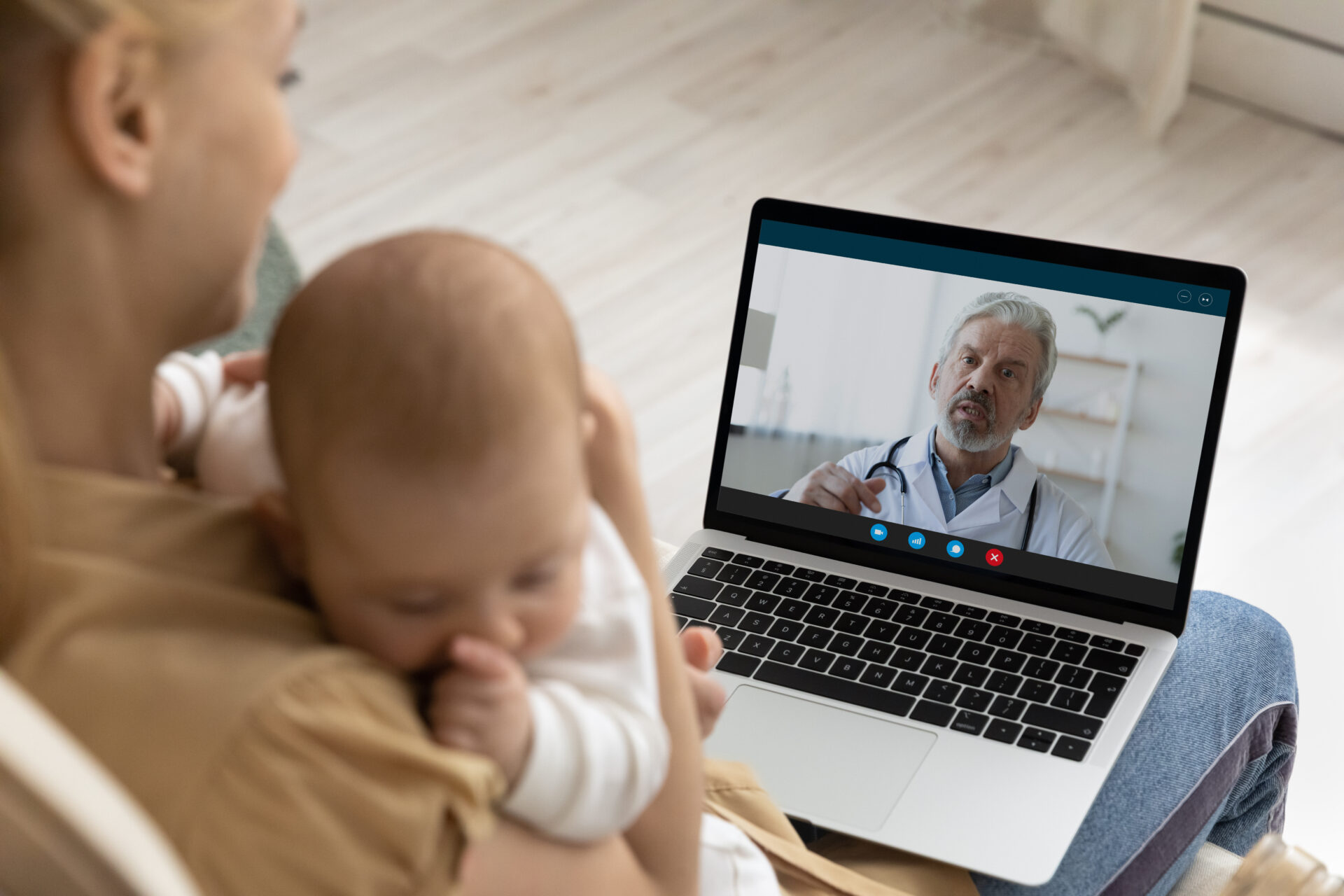Charlotte Walton, AHSN Network Strategy Director
The NHS is aiming for all Integrated Care Systems (ICS) and their constituent organisations to have all the attributes of digital maturity, including electronic records and other critical systems, by March 2025. The NHS plan for digital health and social care, published in June 2022, sets out a range of transformation initiatives to help achieve this including £2 billion of funding to support electronic patient records to be in all NHS trusts, and help over 500,000 people to use digital tools to manage long-term health conditions in their own homes.
The use of digital technology to enable remote monitoring and consultation became critical during the coronavirus (COVID-19) pandemic, with system-wide uptake rapidly accelerating. Remote monitoring is the process of using technology to monitor patients outside of a traditional care setting, such as in their own home, and remote consultations with a doctor or a GP can take place over the phone, online or via video link.
As we move past the pandemic, now is the time for evaluation to establish which initiatives, often rapidly deployed, have a strong evidence base for continuation and further spread post-pandemic. Real-world evaluation helps the NHS to ensure it receives the benefits from innovation and the learning helps to develop best practice approaches and refine methodologies.
The NHS Insights Prioritisation Programme (NIPP) has been set up to do just that.
AHSNs and NIHR Applied Research Collaborations (ARCs) have partnered up to work with their local health and care systems to identify promising innovations established during the pandemic and provide comprehensive insights into their prospects post-pandemic and optimal delivery models.
For example, the Oxford AHSN and the ARC Oxford and Thames Valley have been evaluating virtual clinics for managing transient ischaemic attack (TIA) and minor stroke to establish how to develop a safe and effective model for post-pandemic working. Patients who experience a TIA are 10 times more likely to have a stroke and TIA-mimic occur in 30%-50% of cases, hence the importance of fast diagnosis to support appropriate management. The project will provide evidence on whether virtual TIA clinics should continue, the benefits to patients and the most appropriate model for different patient groups.
Wessex AHSN and ARC Wessex are focusing on the use, applicability, and acceptability of digital remote monitoring (DRM) for people living with frailty to understand the advantages and disadvantages of DRM in the community and in frailty virtual wards. This will help to establish the patient profile using DRM, how staff spend their time on virtual wards and understand patient and staff attitudes towards using digital monitoring tools for health and care. The project aims to provide evidence to inform service development and develop guidance to support implementation of services for older people living with frailty.
Eastern AHSN and ARC East of England are evaluating virtual wards and remote care solutions to assess the impact of remote monitoring technology on health services and patients so that people with a wide range of conditions can be supported at home and in their communities. The research has been looking at resource use, the impact on staff, how to address digital inequality in particular groups, how technology-based services can bridge the gap where there are geographical challenges e.g., rural communities without easy access to in person services. They are also looking at how the ICS determines who is appropriate and might benefit most or be most impacted by remote services.
Intrinsic to delivering digitally led services in the most effective way is comprehensive community data to help establish which people are suitable for remote technology, and where health inequalities exist. Our health and care system still has some way to go in terms of robust data collection across all ICS although a new data in health strategy published by the Department for Health and Social Care in June 2022 announced a £200 million investment plan for trusted research environments (TREs) – a form of secure data environments – to be established to better enable researchers to securely access linked NHS data.
Tools such as Public Health England’s Health Equity Assessment Tool (HEAT) are also an effective way for health and care professionals to use data to identify and develop plans to address health inequalities in relation to new remote monitoring services. This tool has been used in several of the NIPP projects to help provide more sophisticated insights and targeting plans.
In parallel to the NIPP evaluation projects, the AHSN Network’s NHS Innovation Collaborative has brought together a connected network across the NHS, social care, and local authorities to deploy innovative technologies to support people at home. Since its inception in 2020, more than 395,000 people have been supported using remote monitoring technologies, including more than 130,000 people for whom care is a care home. The NIPP projects will inform the Innovation Collaborative’s work, and learnings from both programmes will provide invaluable information for system providers looking at future deployment of remote services, helping create blueprints for implementation and have the potential to inform future policy.
Read more about the NHS Insights Prioritisation Programme.
Join the NIHR ARCs monthly national newsletter
Follow ARCs on Twitter @NIHRARCs
Yorkshire & Humber AHSN have also released a series of blogs exploring how to implement remote monitoring solutions and virtual wards.

There is a wealth of HealthTech innovators poised to help solve some of the NHS’ greatest challenges, yet getting a product or new technology adopted at scale in the NHS is far from straightforward. In a recent ABHI member’s survey*, procurement was cited as one of the biggest barriers that innovators face, particularly those from [...]

Tellmi is a social enterprise innovation which aims to address the growing demand for mental health services and tackle health inequalities for young people. It is a digital peer support app available launched in 2017 by psychologist Suzi Godson PhD and engineer Kerstyn Comley PhD. Kersytn explains how Tellmi works. Tell us about the innovation. [...]

The NHS is facing record demand for services. According to The Health Foundation, the NHS waiting list for elective treatment in England has almost tripled in size over the last decade to 7.7 million. And latest figures show there were a record 2.35 million attendances at A&E across England in March this year. We know [...]







